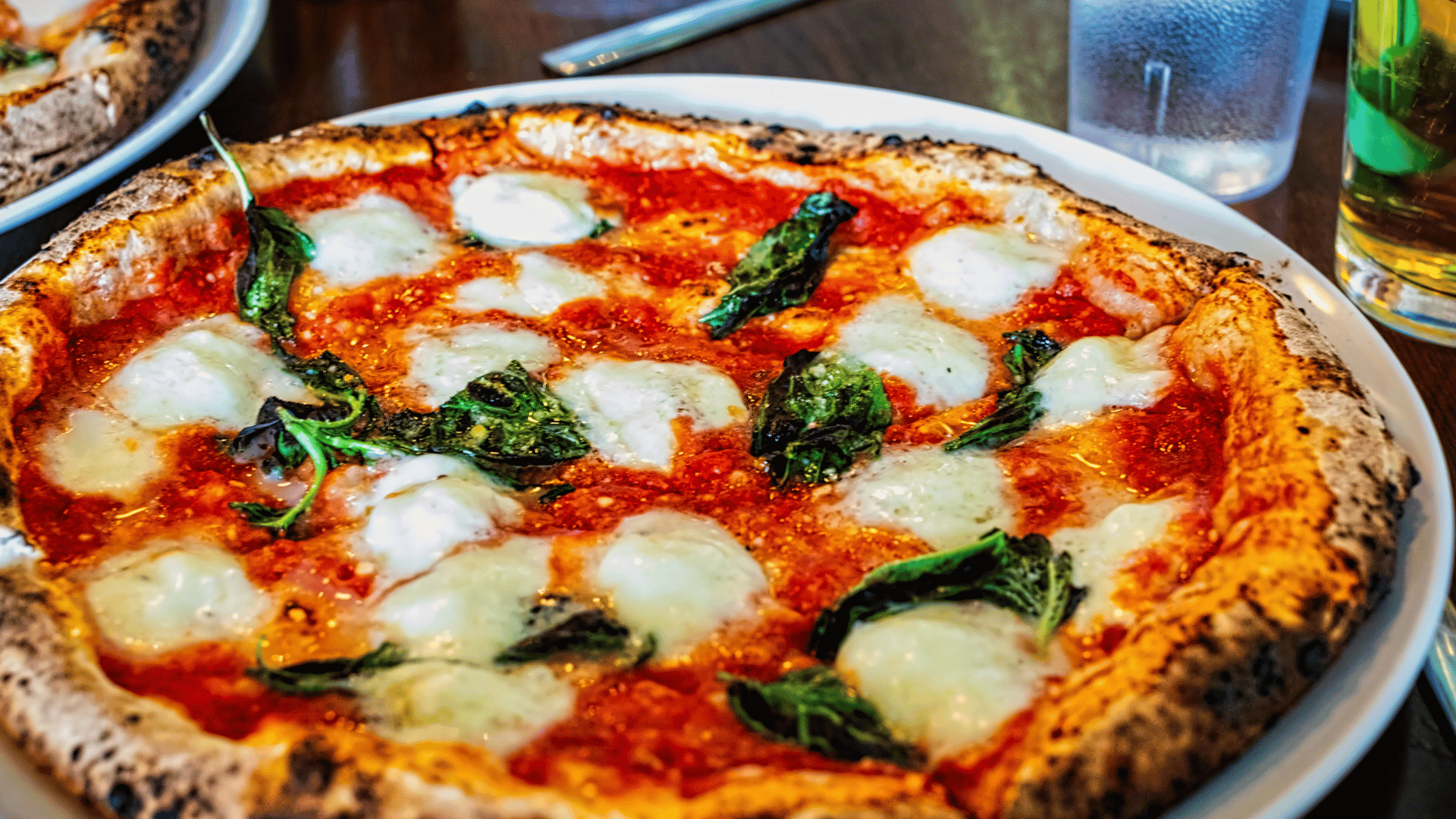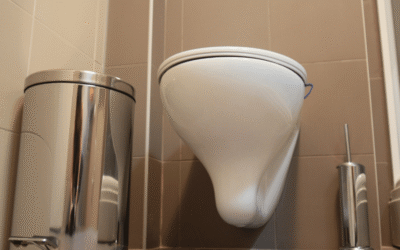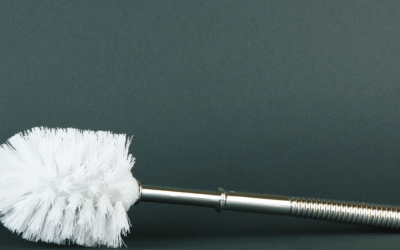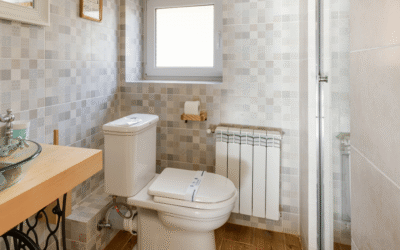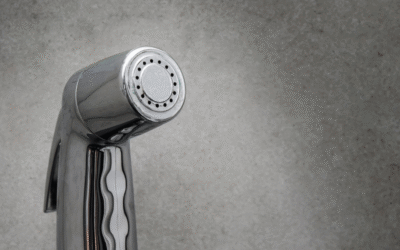Choosing between a gas vs wood pizza oven can be tricky, especially with so many high-quality options on the market. Whether you’re eyeing up an Ooni Koda or Karu, or planning your dream outdoor kitchen, your fuel source plays a huge role in how your pizza cooks, tastes, and how much effort it takes.
In this guide, we’ll explore the key differences between gas and wood-fired pizza ovens, covering everything from heat control to flavour. We’ll also do an Ooni gas vs wood comparison to help you make the right choice based on your lifestyle and cooking style.
Gas vs Wood Pizza Oven – At a Glance
| Feature | Gas Pizza Oven | Wood-Fired Pizza Oven |
| Heat-up Time | 15–20 mins | 20–30 mins (or longer) |
| Max Temperature | 500°C (932°F) | 500°C+ |
| Fuel Cost | Medium (bottled gas) | Low (logs, pellets) |
| Flavour | Clean, neutral | Smoky, wood-fired |
| Ease of Use | Very easy | Requires skill & attention |
| Temperature Control | Precise dial control | Manual fire management |
| Maintenance | Low | Higher (ash & soot) |
| Eco-Friendliness | Clean burn | Depends on wood source |
Wood Fire Oven – Pros and Cons
Wood-fired pizza ovens deliver that iconic, blistered crust and smoky aroma that many purists crave.
Pros:
- Authentic flavour – Wood smoke adds rich, earthy notes to the crust
- Higher heat potential – Some models can exceed 500°C
- Traditional experience – Feels rustic and satisfying to use
- Multi-dish versatility – Roast meats, bake bread, sear fish
Cons:
- Takes longer to heat up
- Requires fire-building and constant management
- Leaves ash and soot – more clean-up required
- Can be tricky to control temperature evenly
Best for: Traditionalists, flavour chasers, and those who love the hands-on experience.
Gas Pizza Oven – Pros and Cons
Gas pizza ovens are modern, clean, and highly convenient. Just connect a propane tank, turn the dial, and you’re cooking in minutes.
Pros:
- Quick start and easy ignition
- Precise temperature control via dial
- No mess – no ash, soot, or smoke
- Consistent heat throughout the cooking process
Cons:
- Lacks smoky wood-fired flavour
- Dependent on gas bottle supply
- May feel less “authentic” for some cooks
Best for: Beginners, urban dwellers, weeknight cooking, and convenience-focused users.
Ooni Gas vs Wood – Which Fuel Suits You?
Ooni makes some of the most popular portable pizza ovens in the UK and offers models supporting gas and wood, like the Ooni Karu 12/16 (multi-fuel) and the Ooni Koda (gas only).
Wood for Ooni:
- Used with Karu or Fyra models
- Burns hardwood logs, chunks, or pellets
- Ideal for authentic, smoky pizza flavour
- Slower to heat and requires attention
Gas for Ooni:
- Koda models are gas-only
- Karu models can be upgraded with gas burner attachment
- Cleaner, faster, more consistent
- Ideal for casual or frequent weeknight use
Tip: Ooni Karu 16 with a gas burner gives you the best of both worlds.
Which Pizza Oven Fuel is Best for You?
Choose a Wood-Fired Pizza Oven if you:
- Love smoky, wood-fired flavour
- Enjoy hands-on cooking
- Have the time and patience to manage a live fire
- Want a more traditional, artisanal experience
Choose a Gas Pizza Oven if you:
- Want fast, fuss-free pizza cooking
- Prefer cleaner, low-maintenance fuel
- Need easy temperature control
- Cook regularly on weeknights or at events
Final Thoughts
There’s no one-size-fits-all answer to the gas vs wood pizza oven debate. It all comes down to how you like to cook.
If flavour and tradition matter most, go for wood fire. If speed, control, and convenience top your list, gas is the way to go. And if you want flexibility? A multi-fuel oven like the Ooni Karu 16 with a gas burner attachment lets you switch it up whenever you like.

